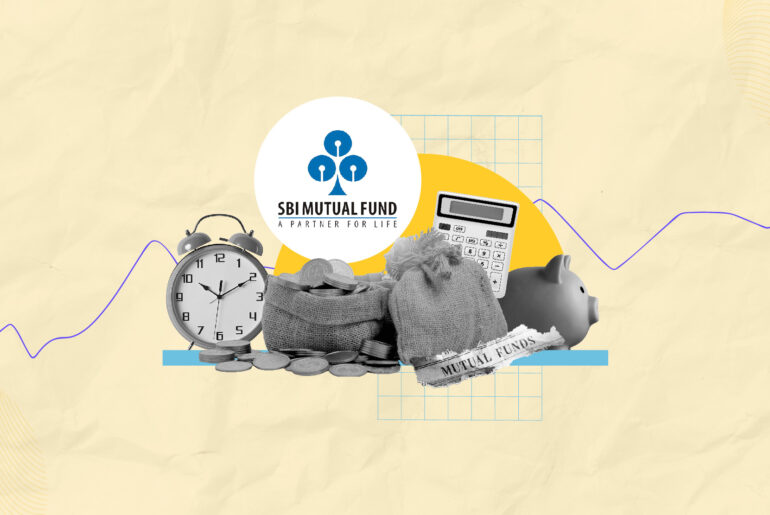Last Updated on Apr 17, 2025 by vanessa sequeira
Multi cap funds offer the stability of large-cap funds and the multibagger potential of small-cap funds while keeping the risk exposure moderate. Like flexi-cap funds, multi cap fund managers invest in companies across different market capitalisations evenly. If you’re looking to explore multi cap funds, here’s the list of best multi cap funds derived using Tickertape Mutual Fund Screener.
Table of Contents
Best Multi cap funds in India
| Mutual fund plan | AUM (Rs. in cr.) | CAGR 5Y (%) | CAGR 3Y (%) | Expense Ratio (%) | Volatility (%) | Minimum Lumpsum (Rs.) |
| Quant Active Fund | 5,688.19 | 25.82 | 33.05 | 0.77 | 13.64 | 5,000 |
| Kotak India Growth Fund-Sr 4 | 114.36 | 24.11 | 29.85 | 0.34 | 9.91 | 0 |
| Mahindra Manulife Multi Cap Fund | 2,119.98 | 22.99 | 31.28 | 0.43 | 11.52 | 1,000 |
| Nippon India Multi Cap Fund | 20,930.45 | 20.11 | 37.88 | 0.97 | 9.97 | 100 |
| Baroda BNP Paribas Multi Cap Fund | 1,881.30 | 18.43 | 26.70 | 1.12 | 9.26 | 5,000 |
| Invesco India Multicap Fund | 2,695.18 | 17.73 | 26.57 | 0.71 | 9.42 | 1,000 |
| Sundaram Multi Cap Fund | 2,098.70 | 17.08 | 26.46 | 0.94 | 8.48 | 100 |
| ICICI Pru Multicap Fund | 8,837.36 | 16.55 | 28.47 | 1.03 | 8.75 | 5,000 |
| ITI Multi-Cap Fund | 664.67 | 0.00 | 22.57 | 0.5 | 10.37 | 1,000 |
Note: The above information is dated 11th October 2023. The parameters used to filter the list of top flexi cap funds on Tickertape’s Mutual Fund Screener are:
- Category > Equity > Multi Cap Fund
- Plan – Growth
- 5Y CAGR – Set high to low
Advantages of investing in multi cap funds
- Portfolio diversification – Fund managers of multi cap funds invest across large, small, and mid-cap companies.
- Minimises risk – Since the funds are invested across different market capitalisations, multi cap funds minimise the risk associated with the investment.
- Option of buying – You can invest in both – lumpsum and SIP investment modes, whichever way you’re comfortable with.
- Optimum returns – Since the mutual fund manager consistently updates the multi cap mutual fund portfolio, an investor can enjoy optimum returns while minimising the risks.
Who should invest in multi cap funds?
Investors aiming for high growth with lower market risk should explore multi cap mutual funds. To identify the best multi cap mutual fund, consider factors like investment horizon, goals, and risk tolerance.
Moreover, as these funds offer diverse asset allocations, selecting the right one is crucial for achieving financial objectives. Therefore, with Tickertape Mutual Fund Screener, you can evaluate the performance of multi cap funds on different fundamental criteria and identify the best multi cap fund which aligns with your financial objectives.
- Best MNC Mutual Funds in India (2025) - Apr 23, 2025
- Best Multi Cap Funds in India (2025): Top Equity SIPs - Apr 15, 2025
- Top Performing Mid Cap Funds in India (2025) - Apr 15, 2025




